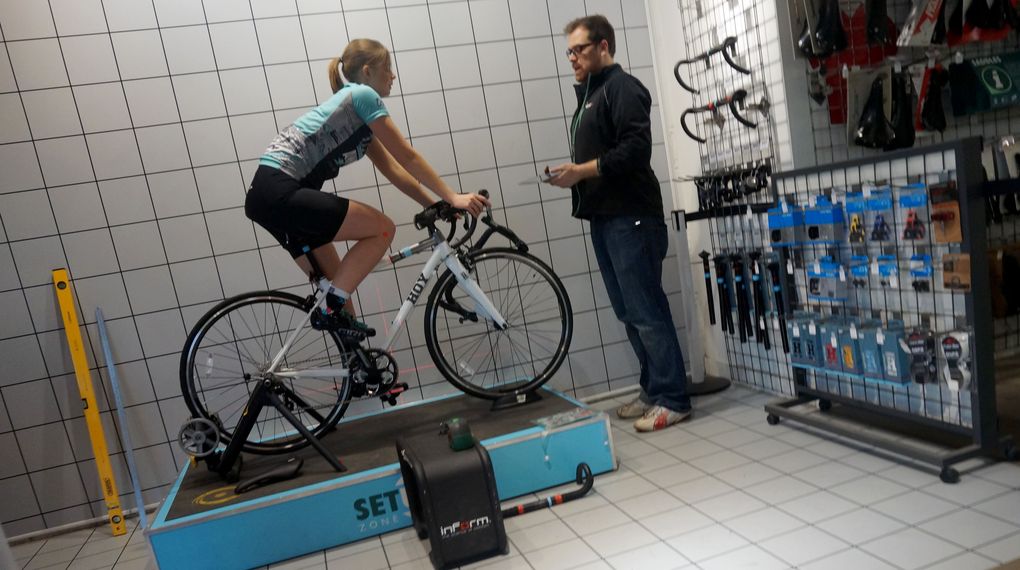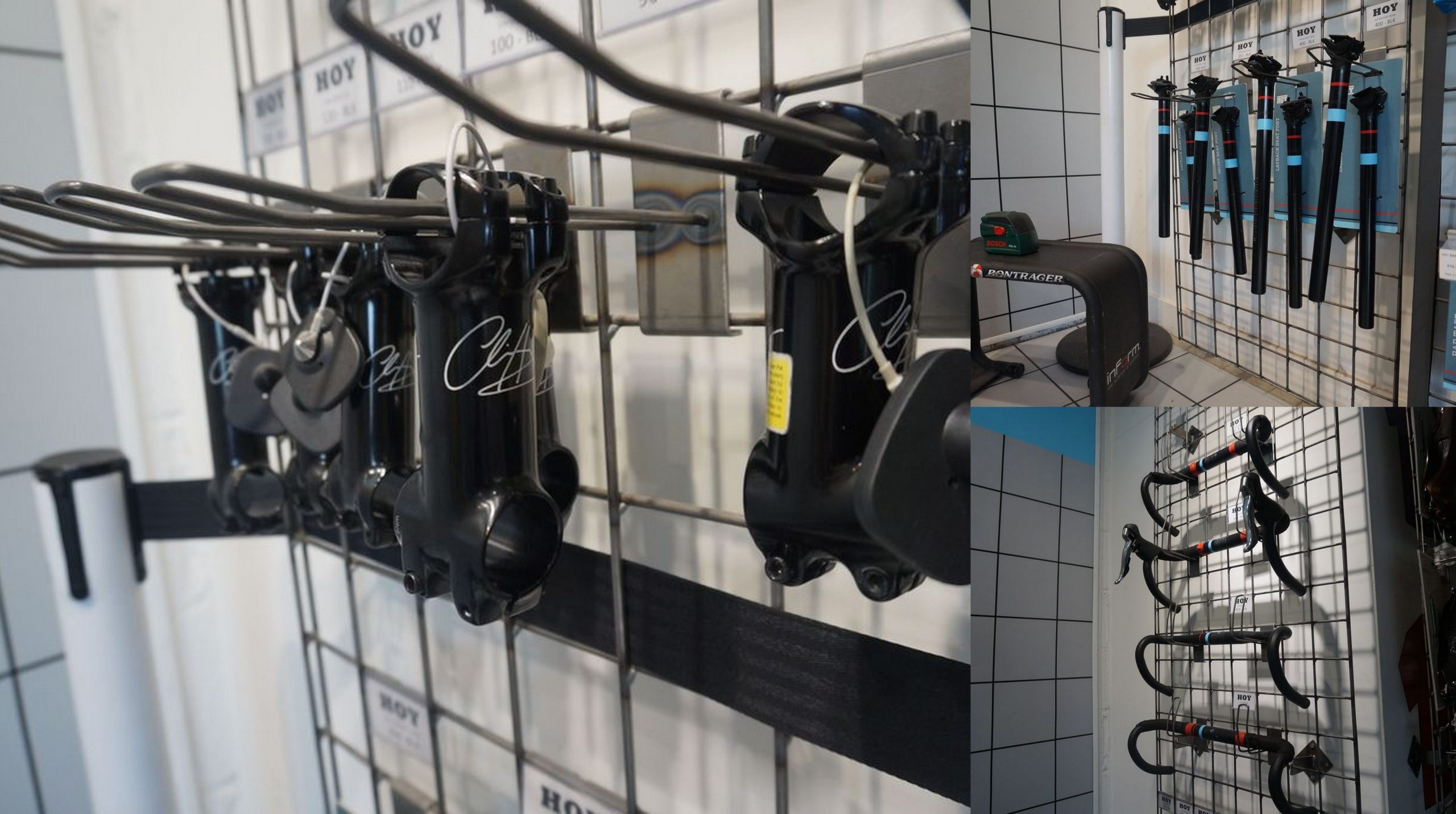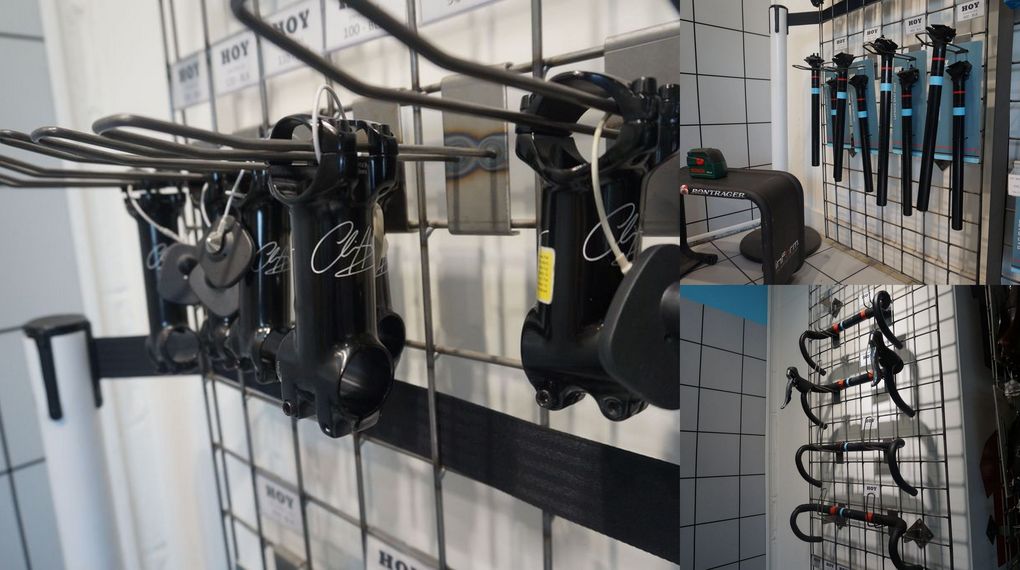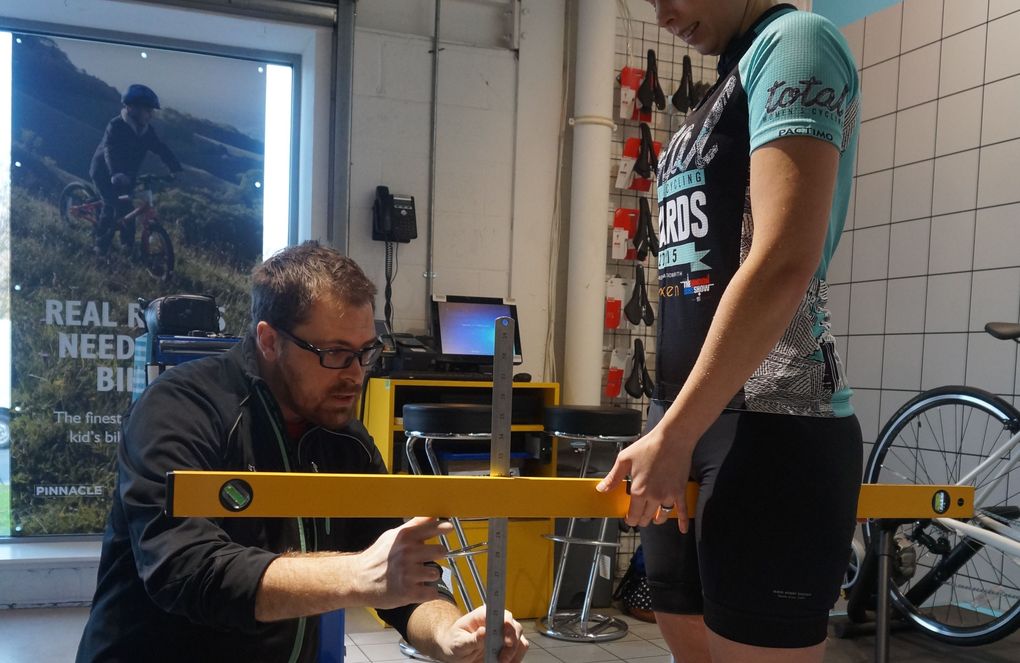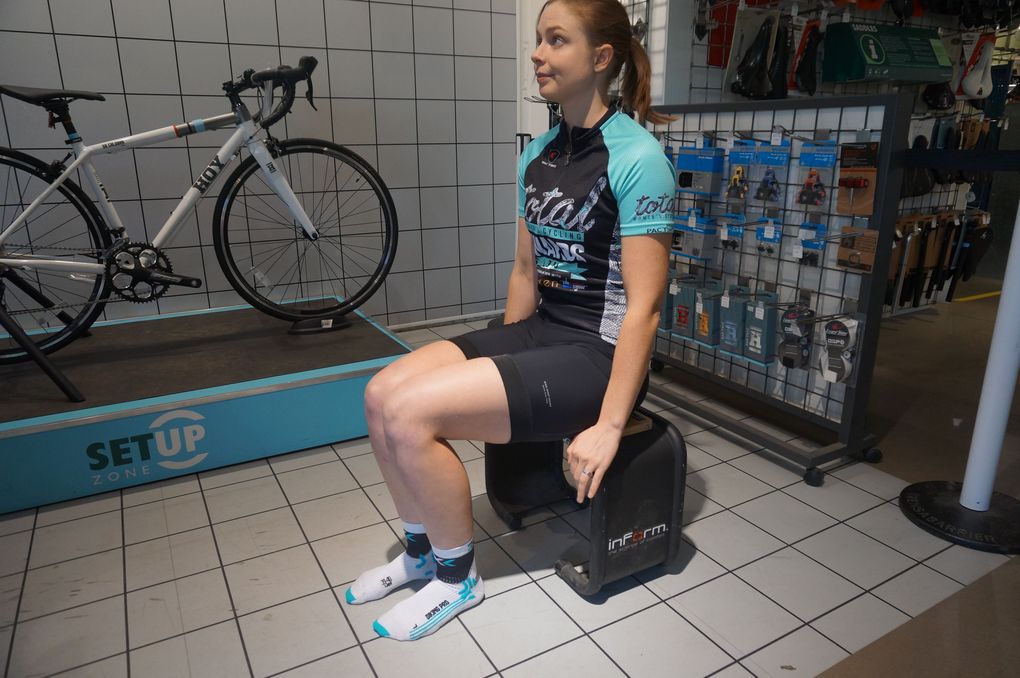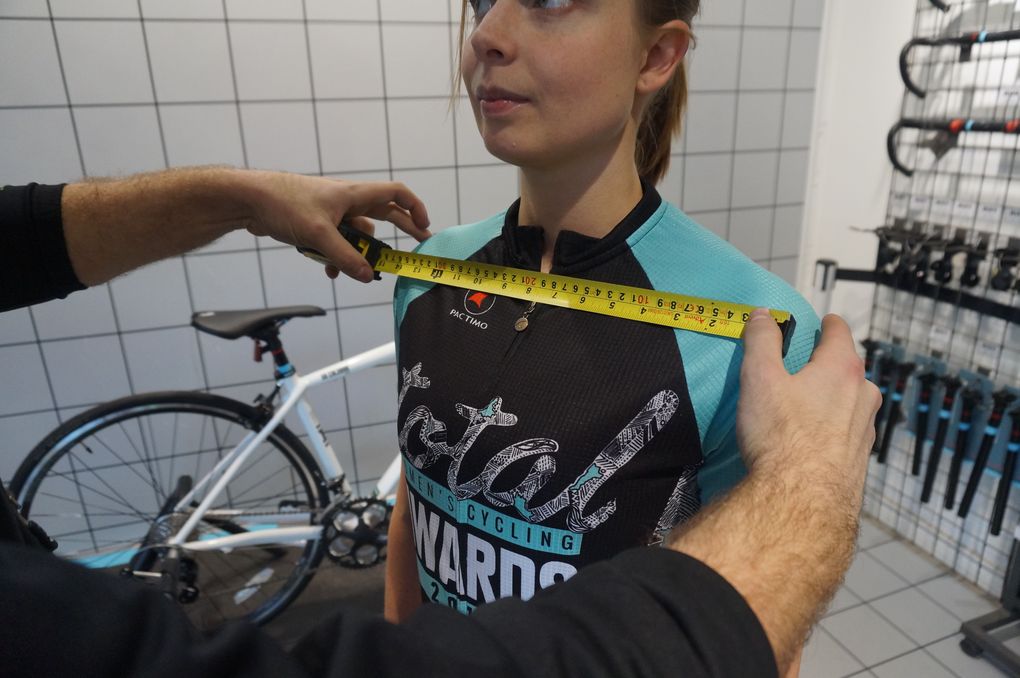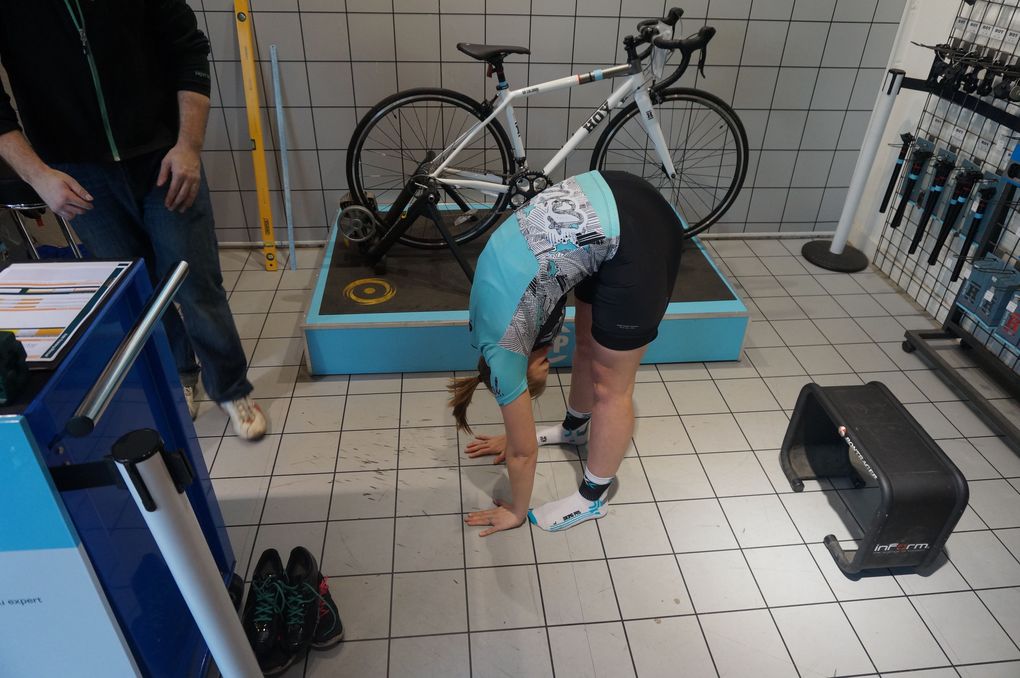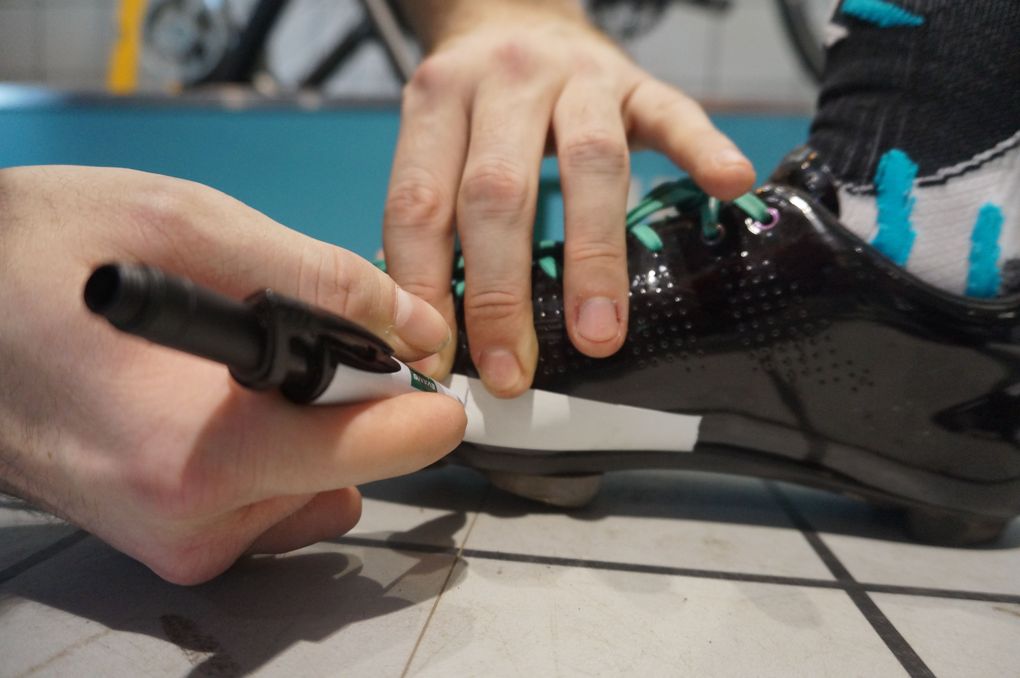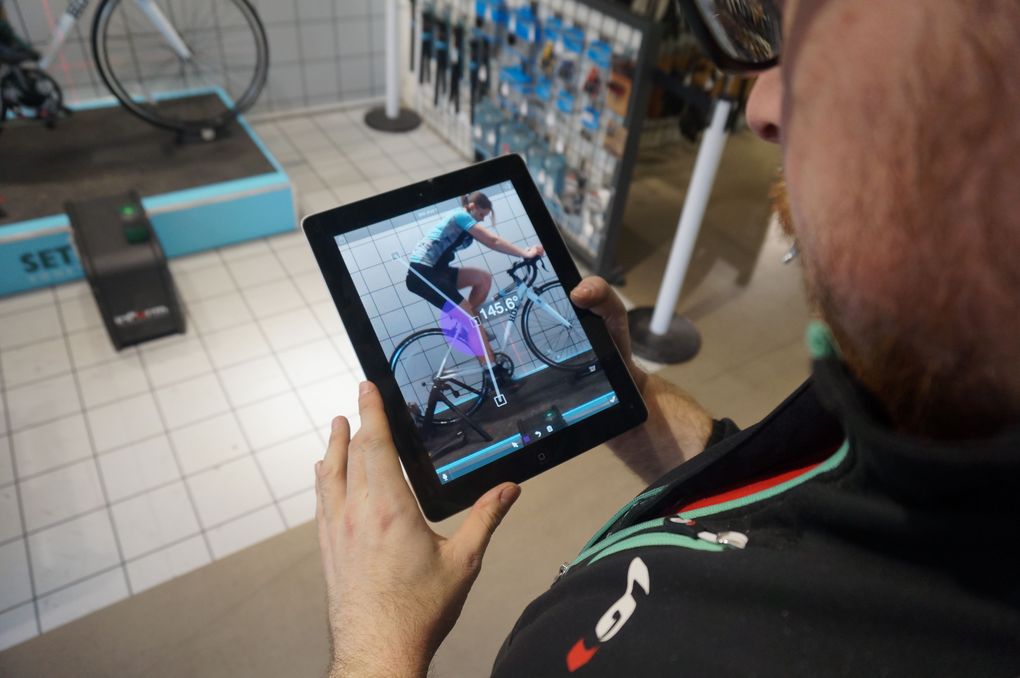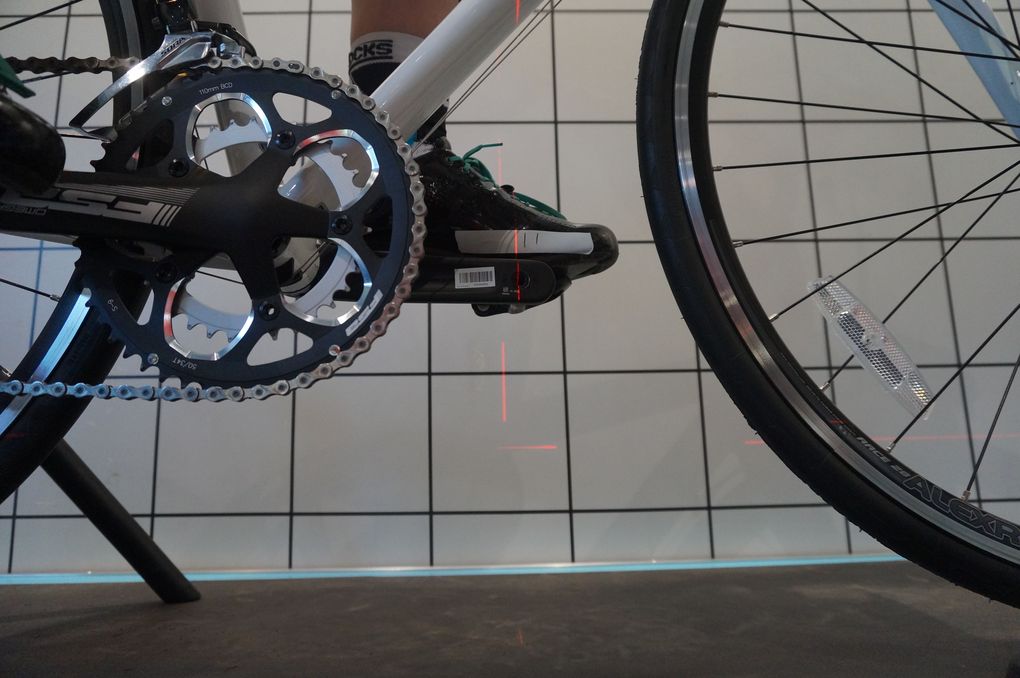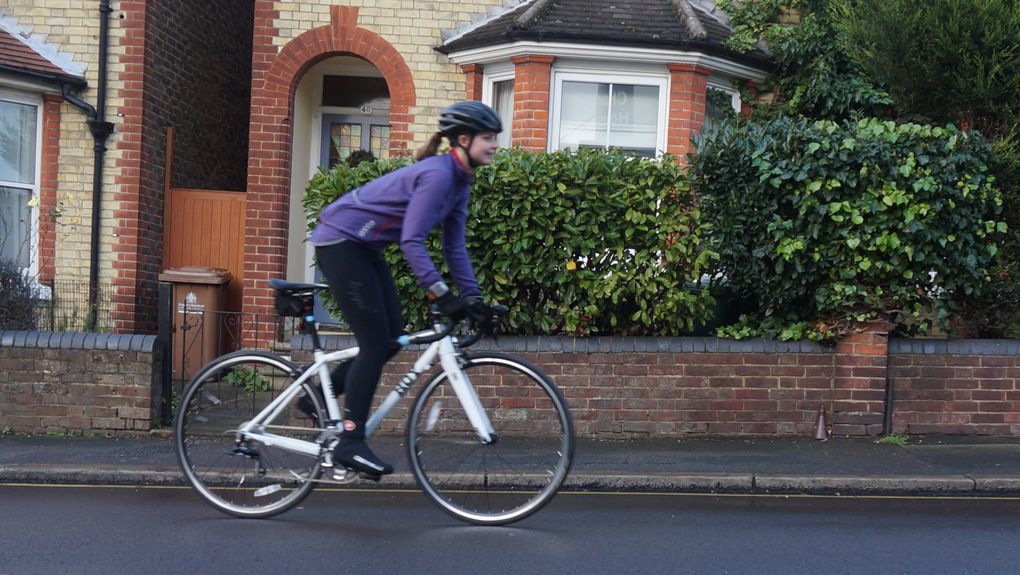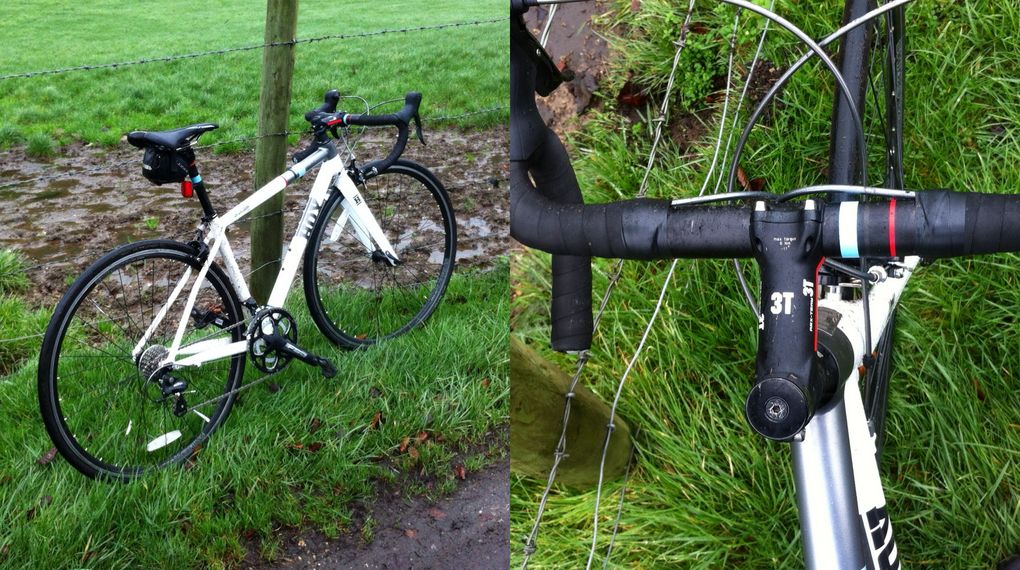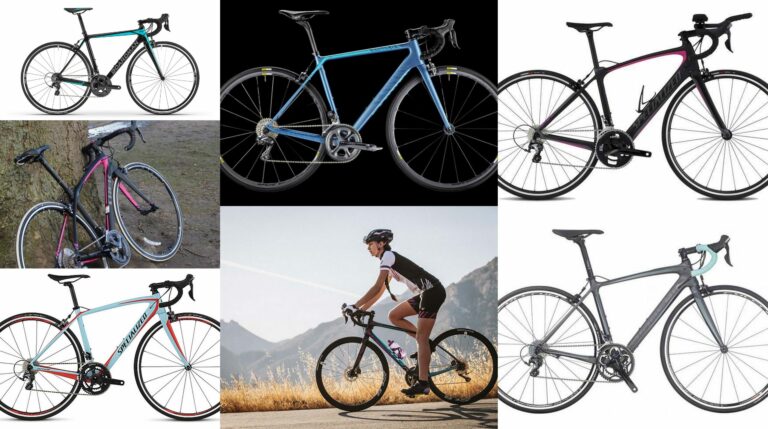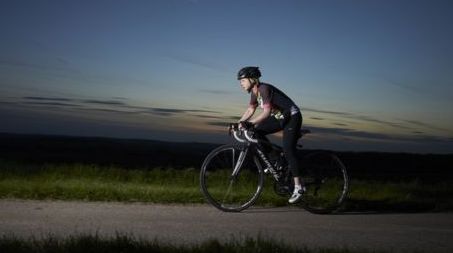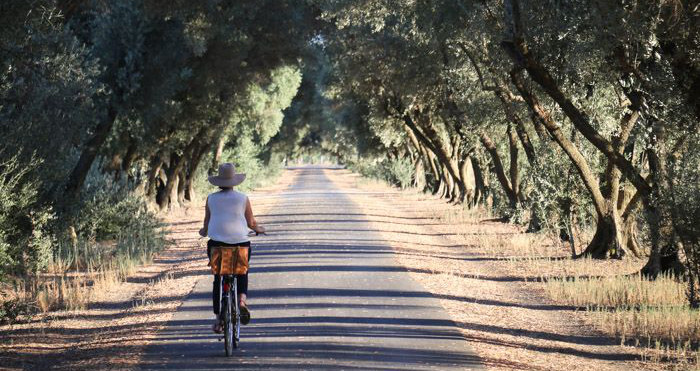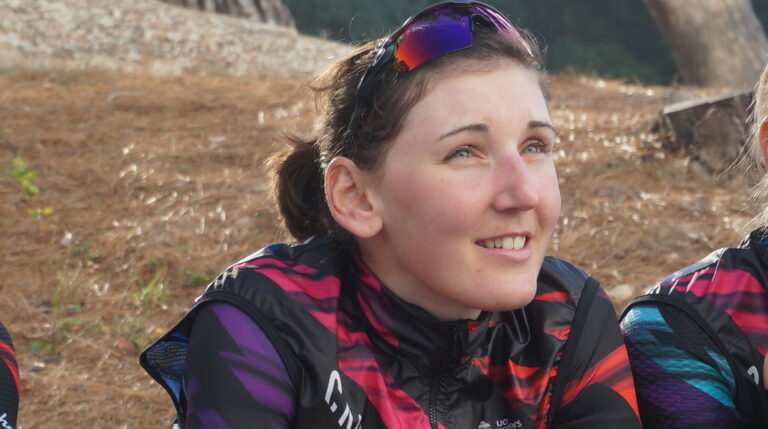The stem length to me sounded and looked quite short, which put me back in the ‘better with a female specific bike’ camp. I asked Thom what he thinks, and he said: “I find sometimes it is harder to fit some shorter females onto unisex bikes, purely because of the way they’ve designed them. Normally the back of the bike is fine, it’s the reach, and you don’t want to go past that point of making the bike too twitchy for them with a shorter stem.”
The stems available, however, go right down to 10mm, and Thom wouldn’t class 70 or 80mm as borderline at all. Perhaps I’m wrong to have been raised on the belief that a stem must be 90mm or more. We’d never know until I rode the bike – so that’s exactly what I did next.
The ride…

Off I tootled on my newly fitted Hoy Sa Calobra .001. I thought I’d really put it through its paces, with my local bike shop hill reps session: ups, downs, and 90 degree bends.
My initial impression when I first got on the open road was that the reach felt too short for me. I was comfortable enough, but didn’t feel exactly optimal – a bit like I was perched on top of the bike, as opposed to the two of us working like one unit.
Though it’s breaking a cardinal law of bike fitting, when I got home I messed with it, swapping the stem to a 90mm to give me the greater reach that I felt was lacking. Getting back on the bike for another spin, I immediately felt at home in the cockpit of the HOY.
Just to be sure I wasn’t imagining the improvement, I measured the Evans fitted/Michelle meddled with HOY Sa Calobra against my own bike (also professionally fitted) and found the two to be almost identical. The fit on the rear end of the Sa Calobra therefore was great, but my gut instinct on the front end had been right.
The conclusion…

There’s two things to evaluate here, really – the female vs unisex bike discussion and this particular bike fitting experience.
On the first issue, the unisex HOY felt equally comfortable when compared to the bike I’m used to.
It is worth noting there are other reasons behind female specific bikes – changes to tube weight to cater for lower body masses’ and differences in centre of gravity are also taken into account in the manufacture of female specific models.
Of course, this is a personal experience and really does depend on your own proportions, and indeed the geometry of each individual bike. But speaking as an individual riding this particular bike, I was able to find a perfectly comfortable fit.
On the fit, I went away from Evans Cycles with a bike that put me in a position that was comfortable enough, and this sort of service could guide a beginner cyclist in finding their ideal starting position, helping them to avoid injury.
At £45, the 45-60 minute fit is much less expensive than most options on the market, in fact it’s based on a two hour £295 version. They did also assure me that anyone who had a fit and felt it wasn’t perfect when they got on the road would be more than welcome to come back and discuss their concerns. Bike fit, they say, is a process.
However, I expect a cyclist looking to find the optimum position, perhaps those after a racing fit or planning to really hammer the miles, might be better off looking further up the price ladder for a fit with a more specialist service. These kind of sessions are usually closer to 2-3 hours, and upward of £150. However, if you intend to spend a lot of time on your bike, it really is money well spent.
Find out more about the Evans Cycles £45 Set Up bike fit here.
